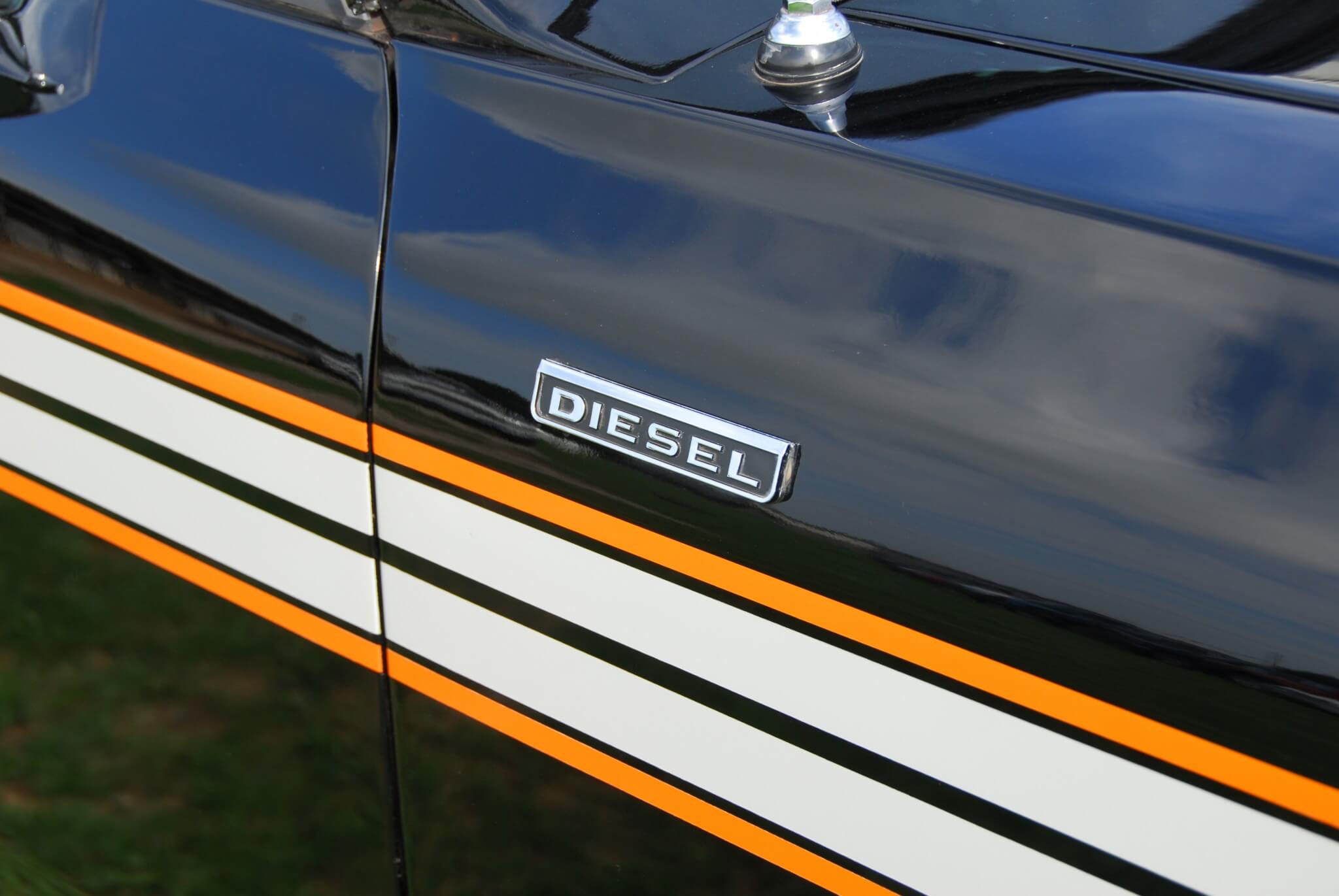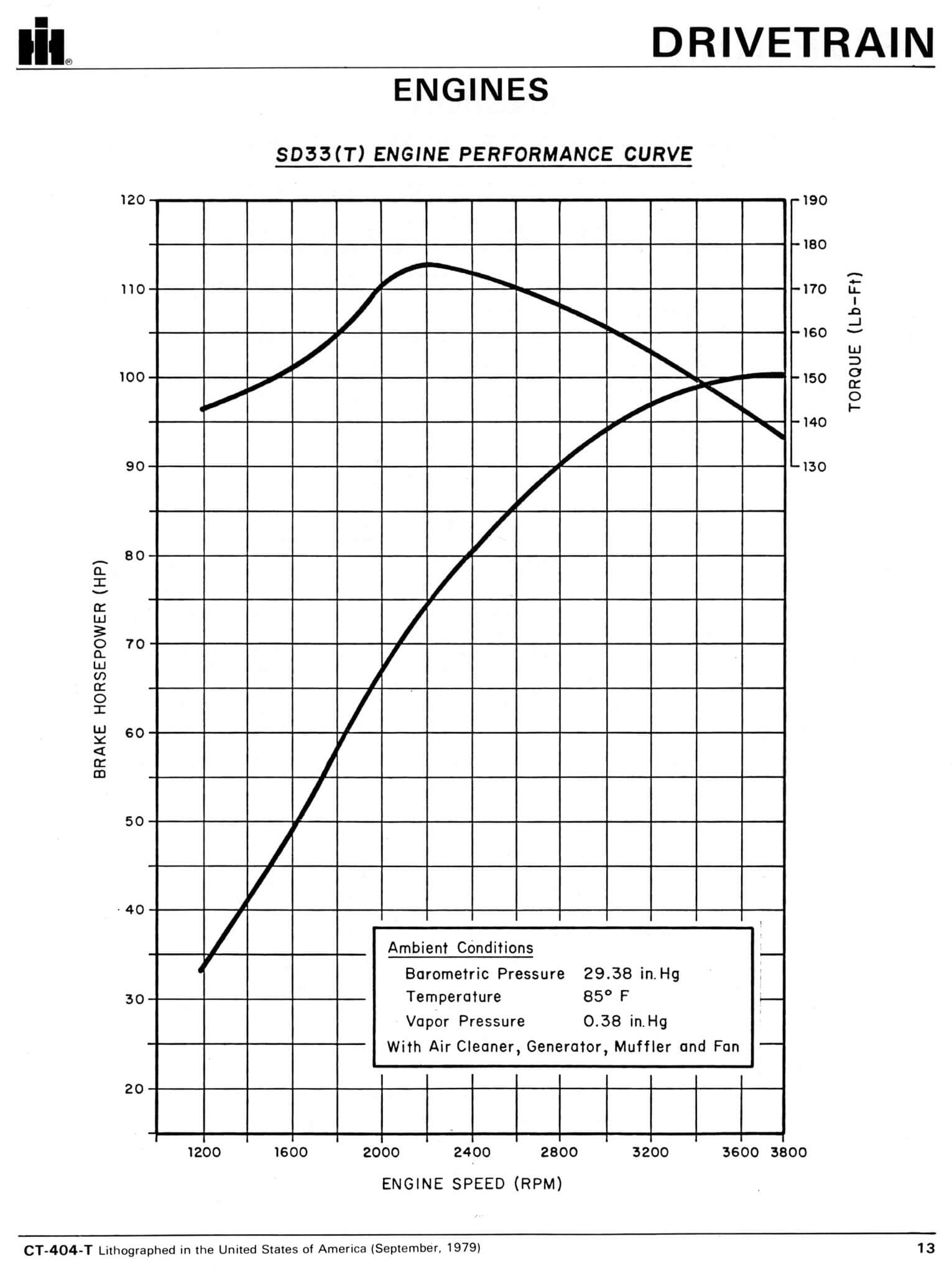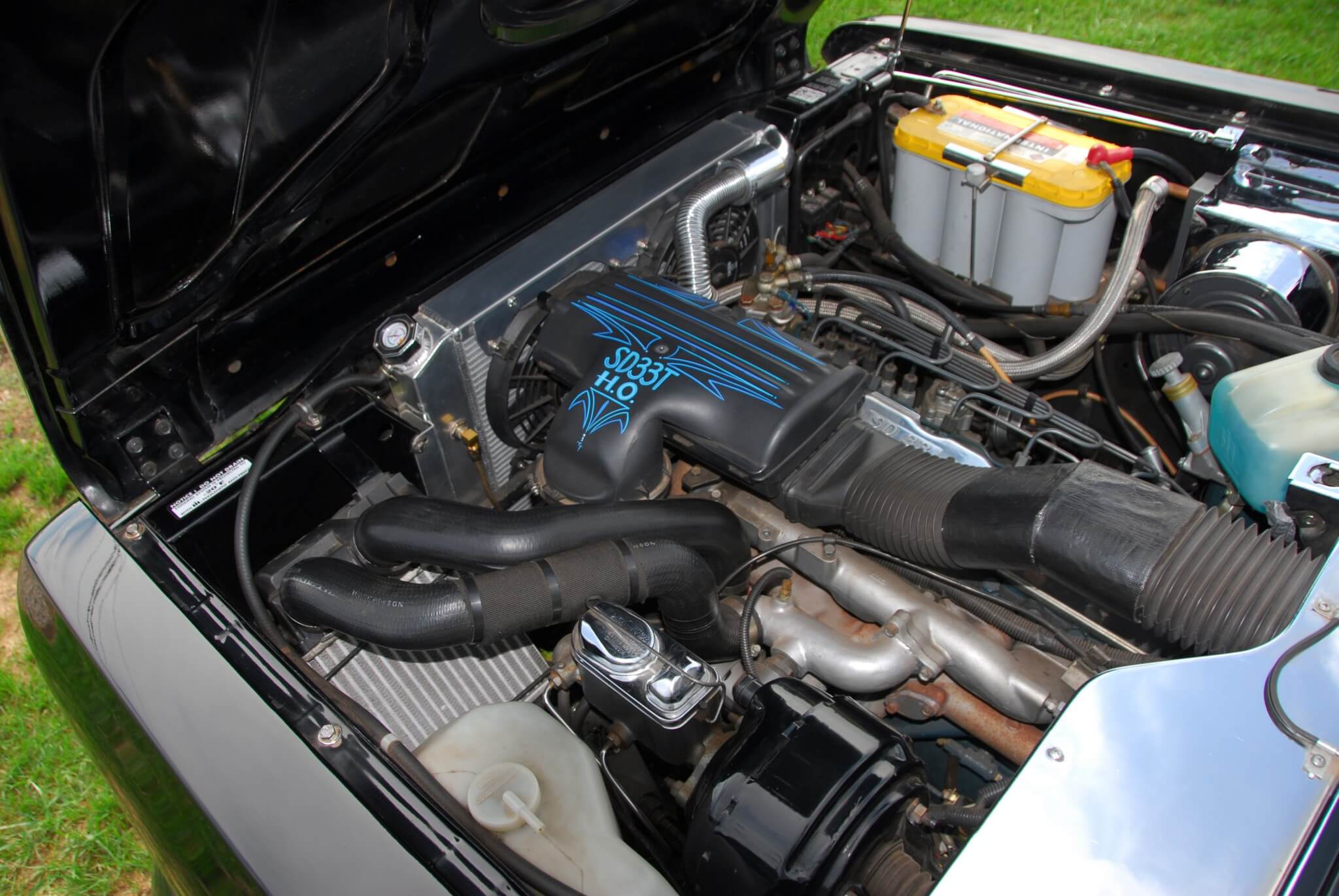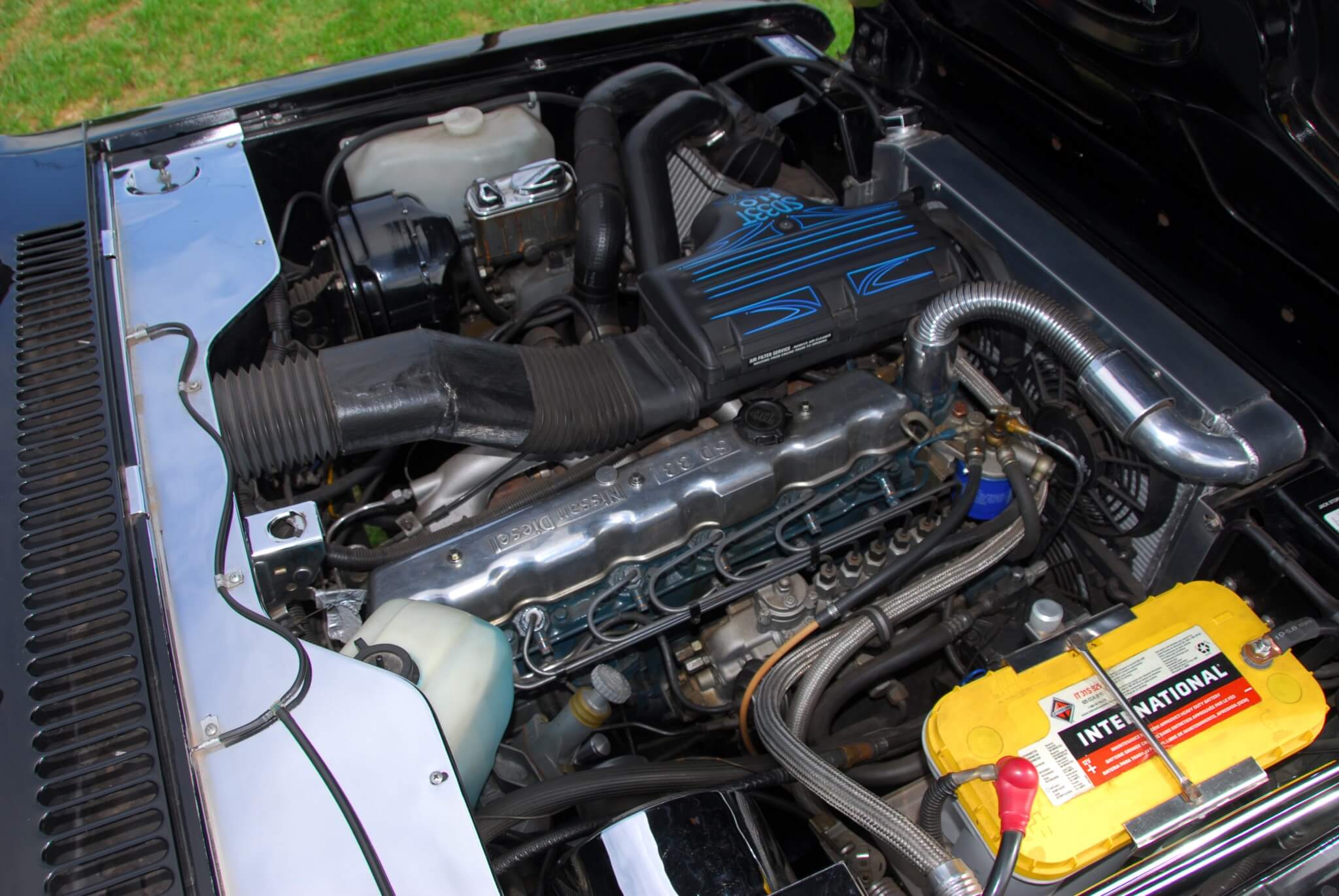The Scout Series: International Harvester
For much of its history in agriculture and commercial truck manufacturing, International Harvester had diesel options. The first was a gas-start diesel developed for tractors in 1932, with commercial diesel trucks following five years later. IH got into the light truck business in 1907, but as with other American manufacturers, diesels were not high on the “things-to-develop” list—at least not until the gas crises of the 1970s, when everyone found themselves scrambling to develop diesel-powered cars and trucks.
In 1975 IH announced two new additions to the Scout line (this right on the heels of an announcement that the rest of the light truck line was to be discontinued). The Scout Terra and Scout Traveler were mechanically identical to the Scout II, with the wheelbase stretched a foot and a half to 118 inches. The Terra had a short cab and a bulkhead that made it into a half-ton pickup, while the Traveler had a full-length fiberglass roof to make it a two-door full-size SUV. Both rigs could be ordered with or without tops, and the tops and bulkheads could be removed or exchanged by the owners.

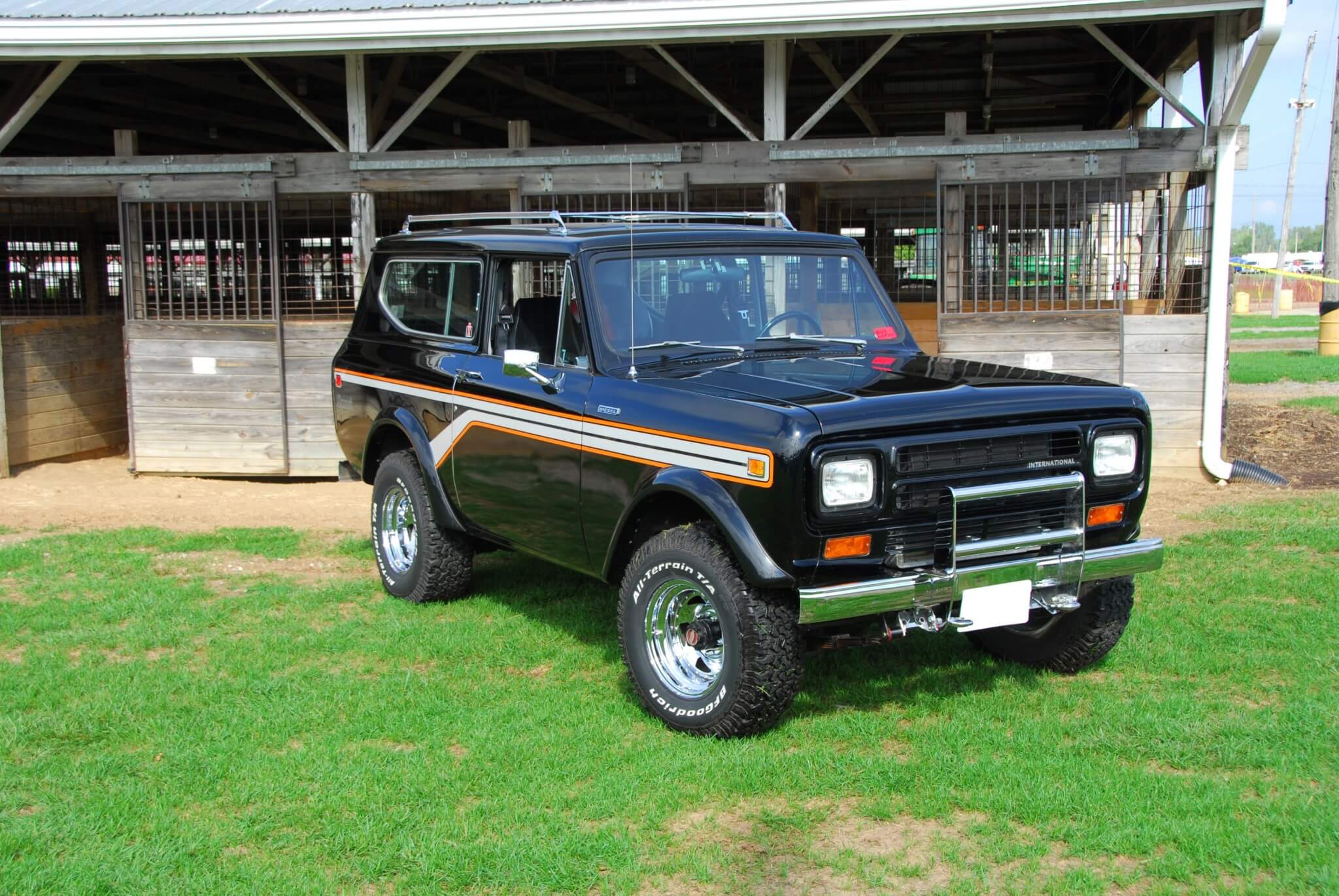
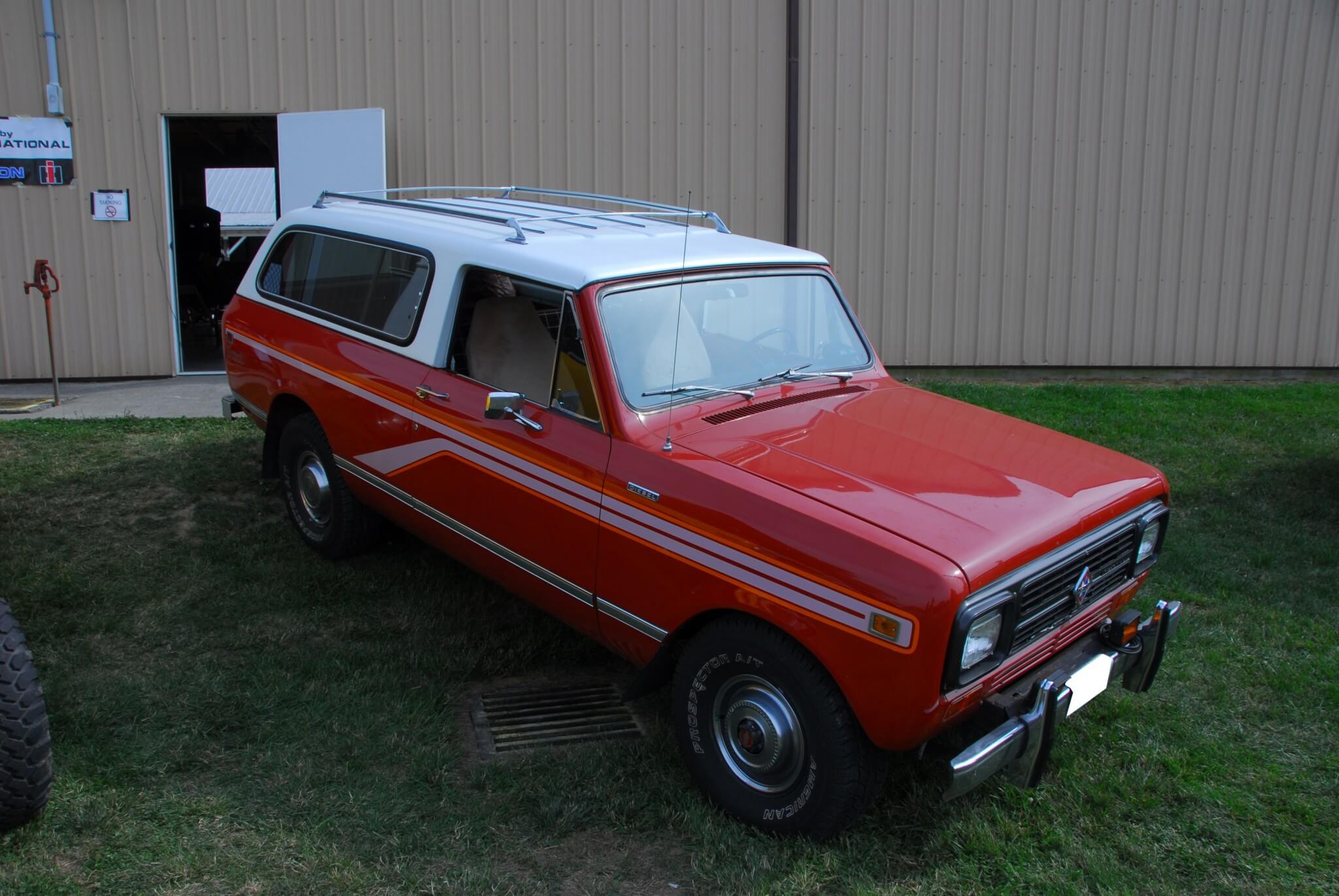
At around the same time, IH dealers learned of a diesel option for the Scout. The engine was a naturally aspirated Nissan SD-33 six that displaced 198 cubic inches (3.2 liters) and made 81 hp, slightly less juice than the Scout’s base 196-cid 86-hp gas four. It’s often thought that IH was the first light truck manufacturer to offer a diesel option. In fact, GM, Dodge, and Jeep offered diesels in the 1950s and 1960s. Nor was the Scout the first IH light diesel; IH offered the D301 diesel engine in their C-Line trucks in the 1960s as well.
IH had begun evaluating diesels for the Scout II in 1971, the goal being an export-friendly Scout for overseas markets that preferred diesels. The 1973 gas crunch put the domestic market on the table as well. Reportedly, IH test-fitted four six-cylinder diesels, the Peugeot XDP-6.90, Perkins 6-247, IH D301 and Chrysler-Nissan CN6-33 (a Chrysler-branded marine version of the SD-33). The Peugeot was rejected for fitment problems. A tight fit and poor fuel economy also nixed their own D301, which was the smallest six-cylinder IH diesel built at the time. The Perkins fit well and its 105 hp was a plus, but IH was concerned about supply issues and the engine’s relatively poor fuel economy. That left the Chrysler-Nissan CN6-33. Several more of them were installed for more extensive testing that proved very successful.
[divider]YELLOW AND BLUE[/divider]
The Nissan SD engine debuted in 1964, first as a 2.0-liter four-cylinder engine with larger-displacement fours and the 3.3-liter inline six to follow. SD series engines saw extensive use in commercial, stationary and marine applications all over the world. In 1969, Nissan and Chrysler created a joint venture to distribute SD series engines in North America. IH initially used the Chrysler Nissan designation of CN6-33, but when the Chrysler Nissan distribution deal fell apart, the designation changed back to SD-33.
The naturally aspirated SD-33 was a four-main bearing indirect-injection engine with dry sleeves. It produced a modest 81 net horsepower and 138 net lb-ft of torque. Fuel was pushed by a license-built Bosch pump and injectors. In a typical Scout, that 81 hp produced a leisurely 0-60 time of 25 seconds, though the gas fours weren’t much faster.
But the diesels could easily break the 20-mpg barrier on the highway, and magazine testers generally obtained 18 mpg or better in mixed driving.
The early NA CN6-33/SD-33s were painted yellow, first with “Chrysler Nissan” on the valve cover and later only “Nissan.” The blue engines began to appear in 1978, but yellow naturally aspirated engines were installed as late as 1979 as old stocks were used up.

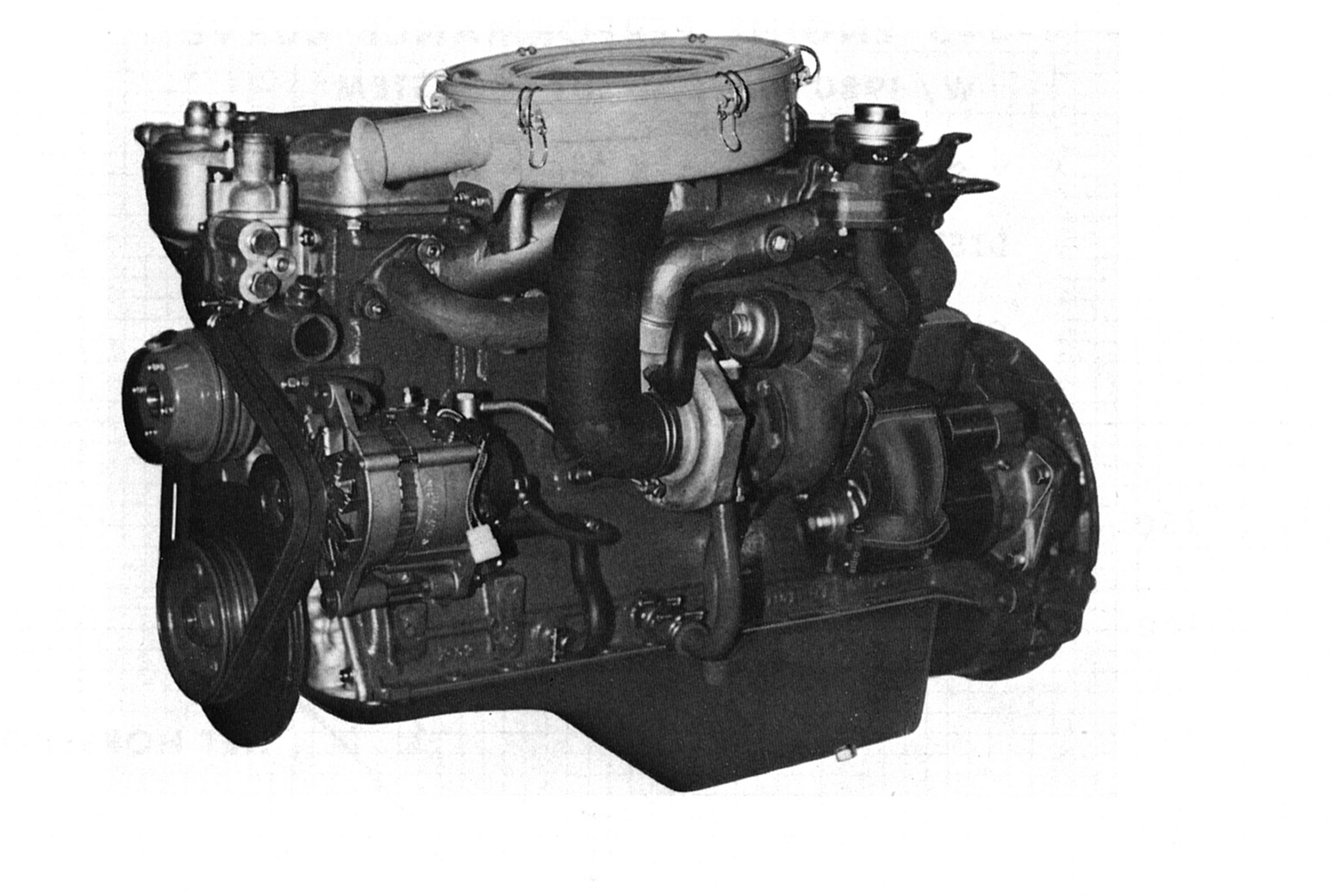
DISPLACEMENT: 198 cid (3,246 cc)
BORE & STROKE: 3.27×3.94 in.
POWER: 101 hp @ 3,800 rpm
TORQUE: 175 lb-ft @ 2,200 rpm
COMPRESSION RATIO: 20.8:1
MAX BOOST: 6.5 psi
ENGINE WEIGHT: 676 lbs
INJECTION PUMP: Diesel Kiki, CTS-2790 (Bosch License)
INJECTOR OPENING: 1,607 psi
In mid-1978, a turbocharged version called the SD-33T made its debut. Power increased from 81 to 101 horsepower and torque jumped from 138 lb-ft up to 175. The increased power and torque ratings were considerably higher than the emissions-choked gas four of the period, and not only did the diesel have more power, it could achieve 20-plus mpg. Most testers reported a slight uptick in fuel economy compared to the naturally aspirated engine and a three or four second drop in 0-60 times.
Changes to the turbo engine included an AiResearch TO-3 turbo, oil-cooled pistons with lower compression ratio, stronger crankshaft with improved bearings, higher-capacity oil pump, larger oil cooler and the necessary injection pump and injector tuning. By 1979, Scouts were powered by a mix of naturally aspirated and turbocharged engines, with about 550 of each sold that year.
When the diesel-powered Scout made its debut for the 1975 model year, it was offered with a choice of a four-speed manual (either wide- or close-ratio T-19s) or a three-speed TorqueFlite automatic. The automatic soaked up a lot of power and the four-speeds were preferred for the better performance and mileage. The automatic was dropped after 1979. The transfer case was a Dana 20 through 1979; for 1980, the much-praised Dana 300 was used. Axles were Dana 44s front and rear. The standard axle ratio was 3.73:1, but 3.54:1 was optional (and preferred). GVW was 6,200 lbs. for all versions, but actual payloads varied according to curb weight. The Scout Terra could generally handle nearly 2,000 lbs., putting it firmly into the half-ton category.
With the demise of the rest of the light truck line, Scout production rose from about 25,000 units annually to around 40,000, the extra production being mostly Terra and Traveler models. Of that number, more than a thousand of all types were diesels, with a spike of 1,600 the first year of diesel sales and a whopping 5,400 for 1980, the last year. Why so many the last year? More IH corporate upheavals and this time the Scout was on the chopping block. IH had a lot of the SD-33T engines in stock and with the clock ticking down, they stuffed all of them into Scouts.
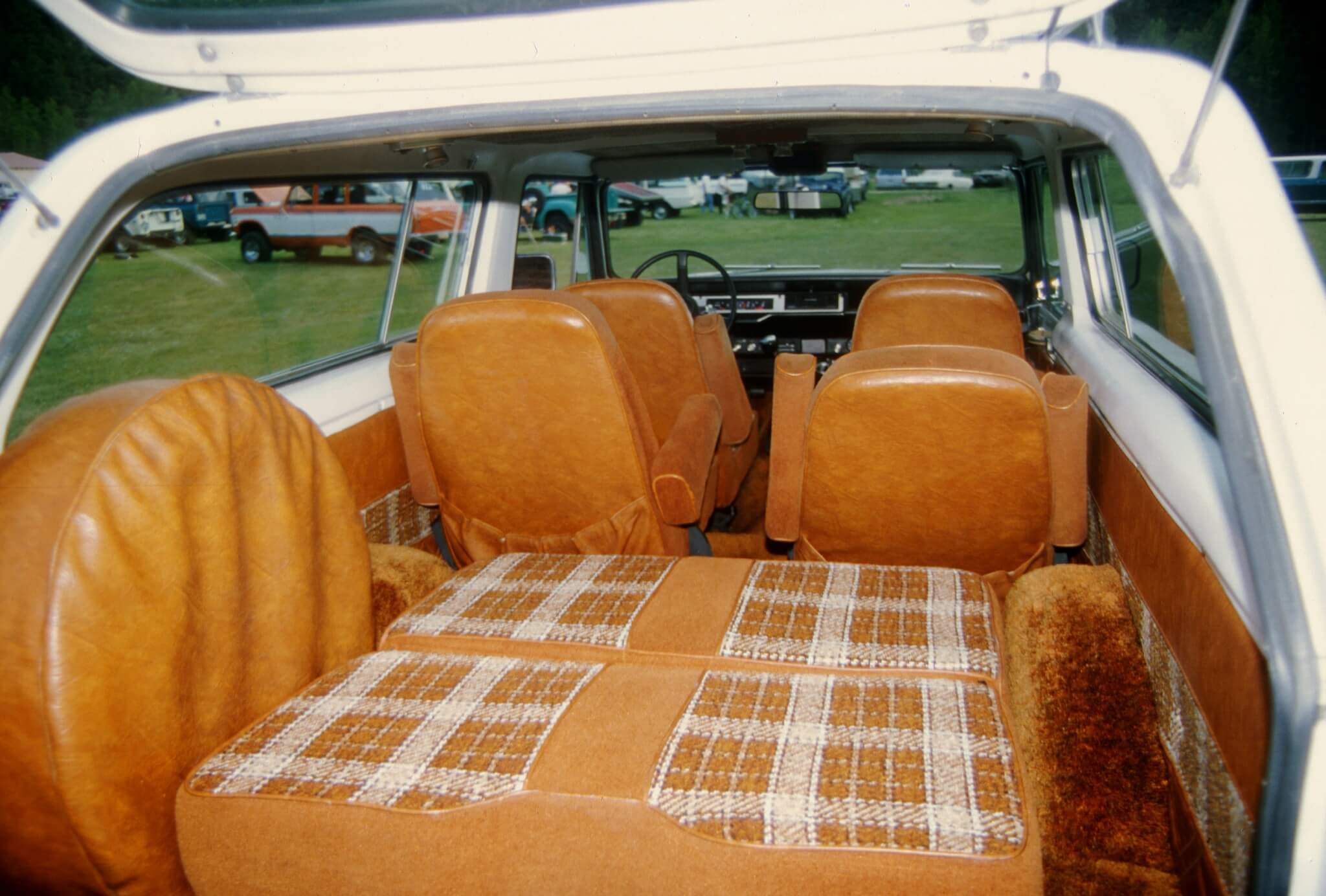
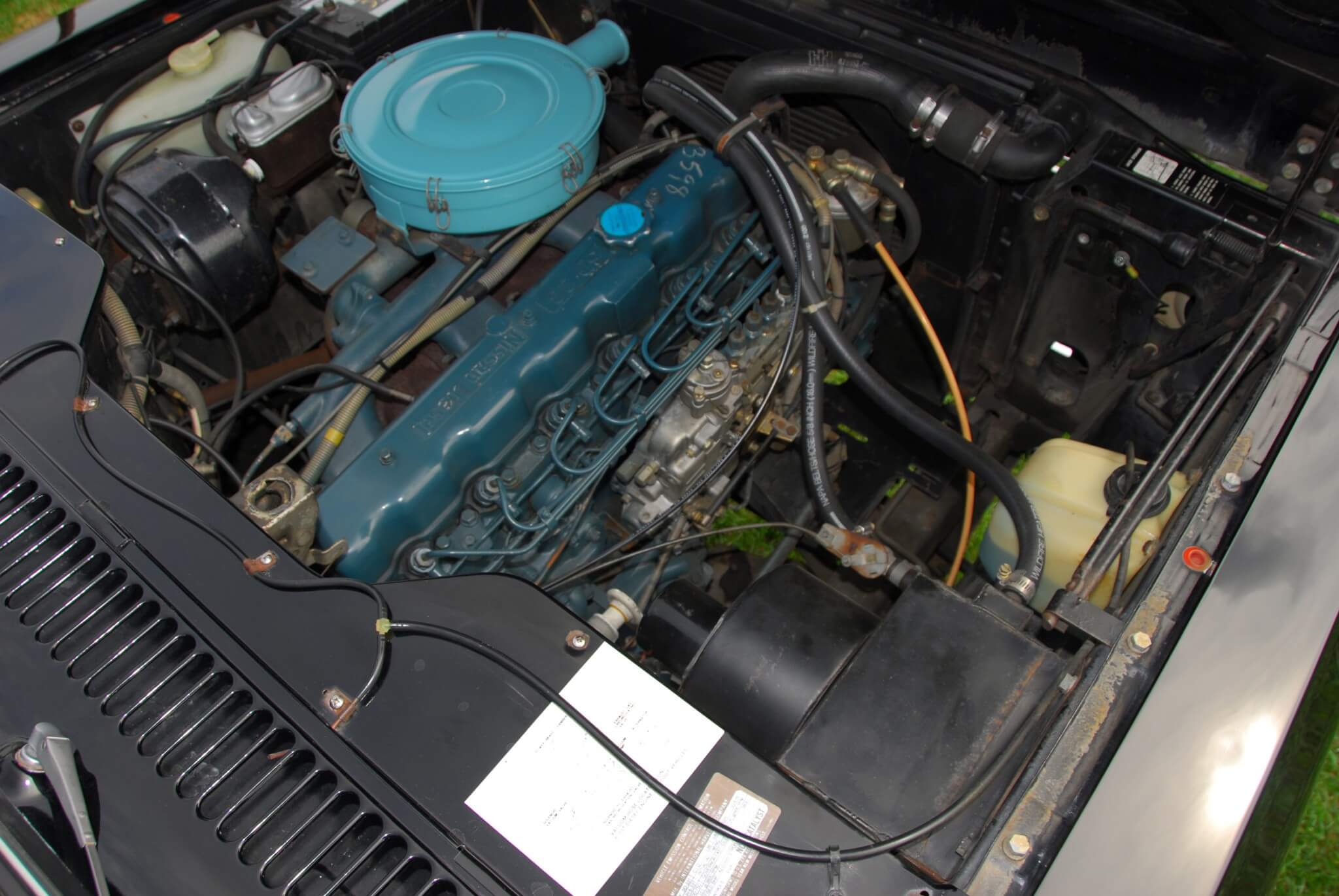

Many say the last year of Scout production was the best. They had the best rust protection of any Scout, along with the addition of the Dana 300 transfer case and a 101-hp turbocharged version of the engine called the SD-33T. A big new marketing program had been launched to bring Scout more into the mainstream. A new Scout had been developed and was nearly ready for production. The Scout line was healthy when the plug was pulled, even though IH itself wasn’t, and the last Scout rolled off the line in October 1980. IH tried to sell the Scout l design and while a couple of buyers got close, ultimately there was no sale.
[divider]NISSAN SOUP—SD-33T “HO”[/divider]
While the Nissan SD-33T will never make big-league power, it can still benefit from modification. Reportedly, just eliminating a nasty exhaust bend at the turbo outlet, adding a free-flow exhaust and adjusting the pump can yield 115 hp. Dr. Todd Sommer is taking his to greater heights. He used a Mercedes 300D turbine housing with a 3-inch downpipe to free up the notorious exhaust restriction. The exhaust transitions to a 2.5-inch system without a muffler. The small intercooler comes from a diesel-powered Winnebago, while an air cleaner from a 1998 Dodge 5.2L V8 draws air through a homemade cowl induction system. Sommer estimates the power at 130 hp and the engine makes 12 psi boost with the pump near the stock settings. Max EGT is under 1,000 degrees. Restricted exhaust and high EGT could prove fatal to SD-33Ts that were worked hard, with piston failure the usual result. Lowering EGT and reducing exhaust restriction is the key to power and longevity in these engines.
IH continued teetering on the edge until the mid-1980s, when the agriculture side of the business was sold off to Tenneco and Case IH was formed. IH survives today building medium and heavy trucks as well as engines, but they are a mere shadow of their old glory and the Scout is but a memory. A popular one, though, and what remains of the nearly 500,000 Scouts produced from 1961 to 1980 are highly collectable. DW
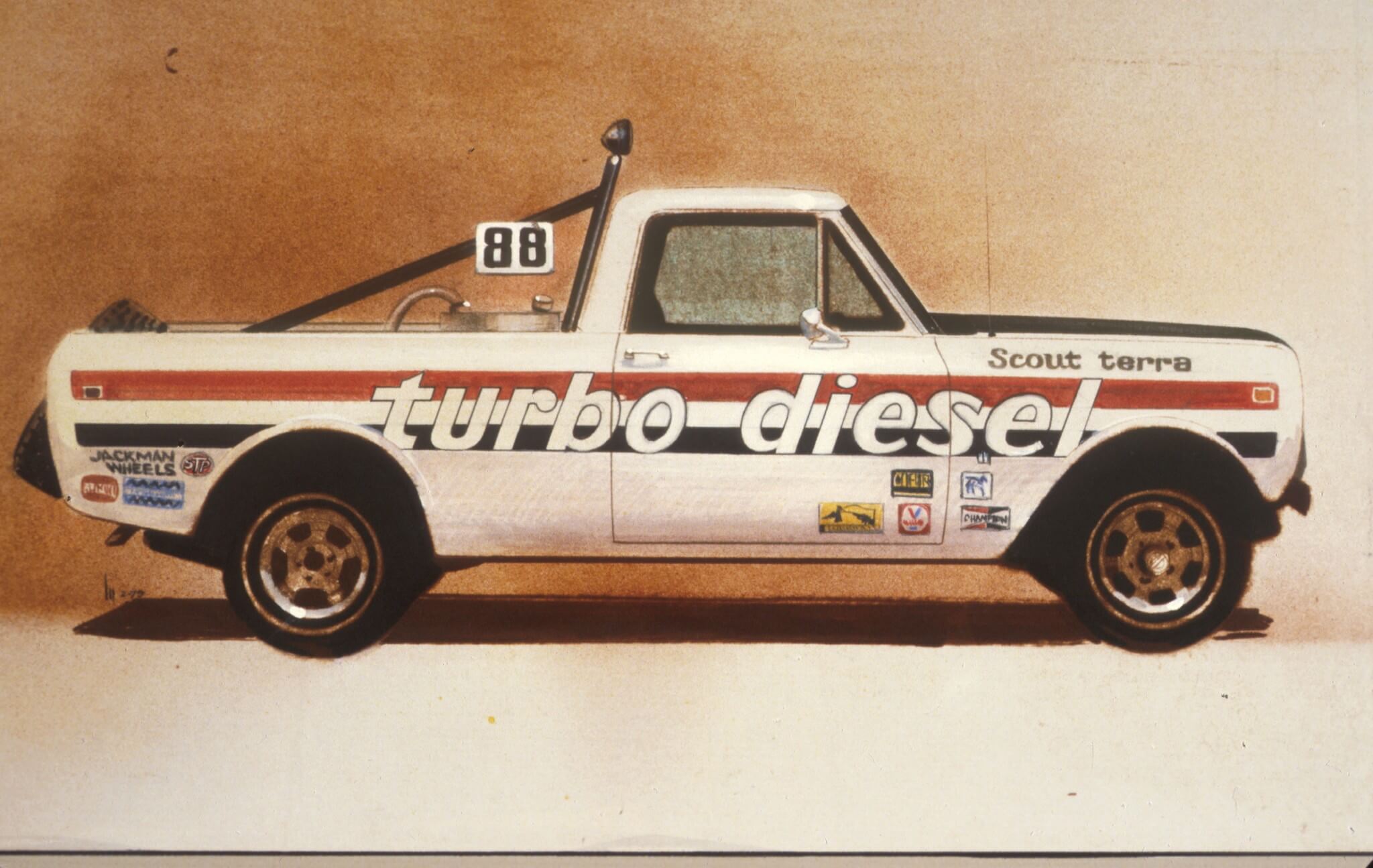
SOURCES:
Scout and IH Nationals
Midnitestar Productions
Scout Madness
806.745.7475
Super Scout Specialists
937.525.0000



